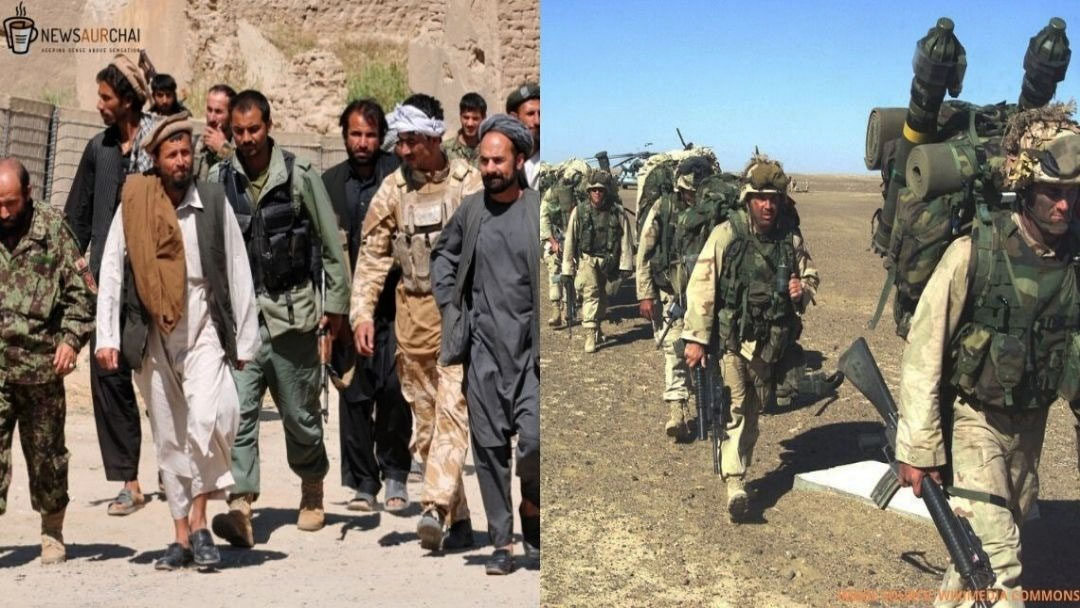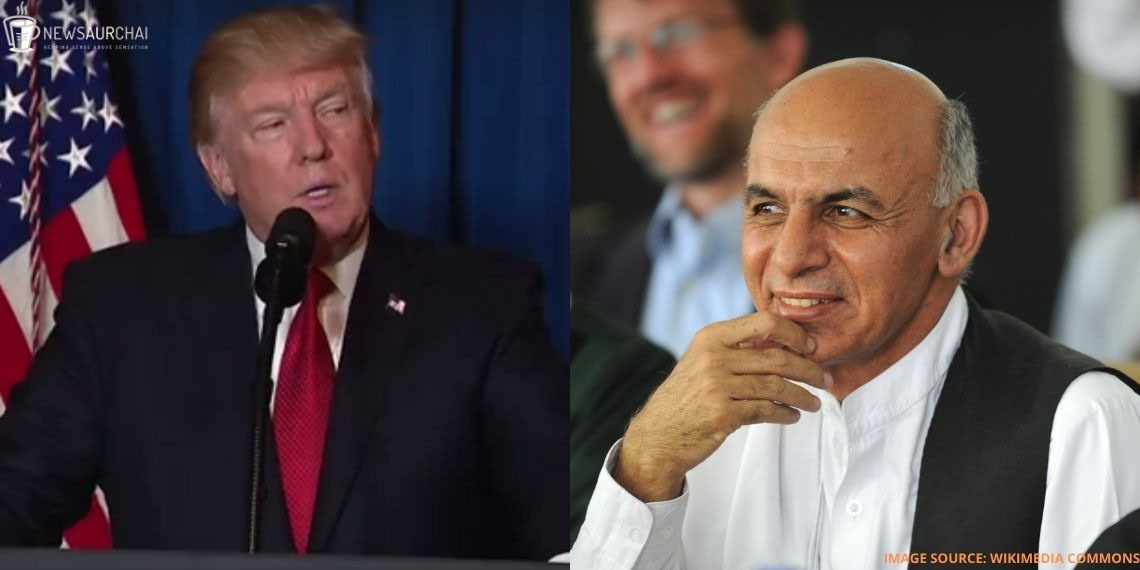
The NATO allies and the USA have consented to pull back all soldiers within 14 months if the peace agreement is upheld with diligence. President Trump said it had been a long and hard excursion in Afghanistan. It’s time after all these years to bring our troops back home, he said. However, as decided earlier talks between the Afghan government and the Taliban are which was expected to happen on March 10, 2020, did not take place.
Under the agreement, the militants likewise made a deal to avoid permitting al-Qaeda or some other radical group to work in the regions they control.
Speaking from the White House, Mr Trump said the Taliban had been attempting to agree with the US for quite a while.
He said US troops had been killing terrorists in Afghanistan, thousands in number; now it was the ideal opportunity for another person to accomplish that work, it will be the Taliban, and it could be encompassing nations.
He said he truly accepts that the Taliban needs to plan something to show that they’re not all sitting around idly, Mr Trump included. If during those days awful things occur, we’ll return with power like nobody’s at any point seen in the history of ever.
HISTORY OF US-AFGHAN DISRUPTIONS:
It started when the US launched airstrikes one month following the September 11 attacks and after the Taliban refused to hand over the man behind them– Osama Bin Laden.
A worldwide alliance joined the US, and the Taliban were immediately expelled from power. However, they transformed into an extremist power and proceeded with destructive assaults, destabilizing the Afghan governments in power then.
The universal alliance finished its mission in Afghanistan in 2014; they chose to stay to train the Afghan troops. However, the US proceeded with its own, downsized battle activity, including airstrikes.
The Taliban has anyway kept on picking up momentum, and in 2018 the BBC discovered they were dynamic across 70 per cent of Afghanistan.
About 3,500 individuals from the global alliance powers had lost their precious lives in Afghanistan since the 2001 attack.
It is difficult to count Afghan regular citizens, activists and government powers, who have fallen victims to the crimes of the Taliban. As per a report on February 2019, the UN said that in excess of almost 32,000 citizens or even more were brought to death. The Watson Institute at Brown University said 58,000 security workforce and 42,000 resistance warriors or combatants had been brought to the same fate.
About the US-Taliban agreement :
After over eighteen years of war in Afghanistan, the United States and the Taliban agreed in what were the two sides’ most intensive endeavours yet to end the war. Integral to the arrangement is a critical drawdown of US troops and agreement from the Taliban that the nation won’t become a place of refuge for Terrorists.
Following nine rounds of conversations, the two parties consented to a peace arrangement in February 2020 that adheres to four fundamental issues:
Ceasefire: They agreed to an impermanent decrease in brutality and said that an enduring ceasefire among the US, Taliban, and Afghan powers would be a part of intra-Afghan dealings.
Foreign forces withdrawal: The United States consented to decrease its number of troops within 135 days as Specialists have advised that hauling troops out too rapidly could be destabilizing. It would reduce its force in Afghanistan to 8,600, with allies also drawing down their troops proportionately.
Intra-Afghan arrangements: The Taliban agreed to begin converses with the Afghan government in March 2020.
Counterterrorism confirmations: As a feature of the understanding, the Taliban ensured that Afghanistan won’t be utilized by any individuals, others, or fear monger gatherings to undermine the security of the United States and its partners.
The deal also provides for a prisoner swap. Some 5,000 Taliban prisoners and 1,000 Afghan security force prisoners would be exchanged by March 10. However, on March 1, 2020, the Afghan government, which was not a party to the deal, rejected the US and Taliban’s call for a prisoner swap. President Ghani stated that such an agreement will require further negotiation and will also not be implemented as a precondition for future peace negotiations.
On March 10, 2020, Ghani signed a decree agreeing to swap 1,500 Taliban prisoners starting March 14, 2020, but on the condition that they sign pledges agreeing to not return to combat. The same day, it was also revealed that there were no plans for a full US withdrawal from Afghanistan. On March 10, the United Nations Security Council collectively backed the US-Taliban peace deal. On March 11, however, the Taliban rejected Ghani’s prisoner swap proposal.

Recent developments as repercussions:
Under 24 hours after President Donald Trump said he had a fulfilling talk with Taliban and demanded that they need to stop savagery, a US military drone on March 4, 2020, targetted on a Taliban — militant coup in reciprocation for an uptick in Taliban attacks against Local forces of Afghanistan.
US authorities said the airstrike was proposed as a message to the Taliban to uphold their promise to reduce the savagery they had consented to in front of intra-Afghan peace talk which was supposed to happen on March 10, 2020.
Relevance to India:
Organisations like the LeT and JeM, which are UN-designated terrorist groups, are not referenced in the agreement, which leaves India still exposed slightly left high and dry.
On the off chance that fighting terrorism is a mutual duty of the all the countries of the world, as, why the Taliban has not been approached to renounce all brutality outside Afghanistan is unfortunate.
Reinforced India-US counterterrorism operations have congruity basically in the Pakistan-Afghanistan setting, which the US-Taliban agreement neglects completely.
India thinks about Afghanistan as a quick neighbour, the Wakhan corridor in Afghanistan – is formally viewed as Indian territory.
India worries over the concurrence with the Taliban base on the effect the US exit may have on the security and strength of the Afghan government and Pakistan’s job in the nation and locale going ahead. The threat is that the Taliban’s position will develop, to the hindrance of national security.





